Notable Practices of Traditional Dating We No Longer Experience
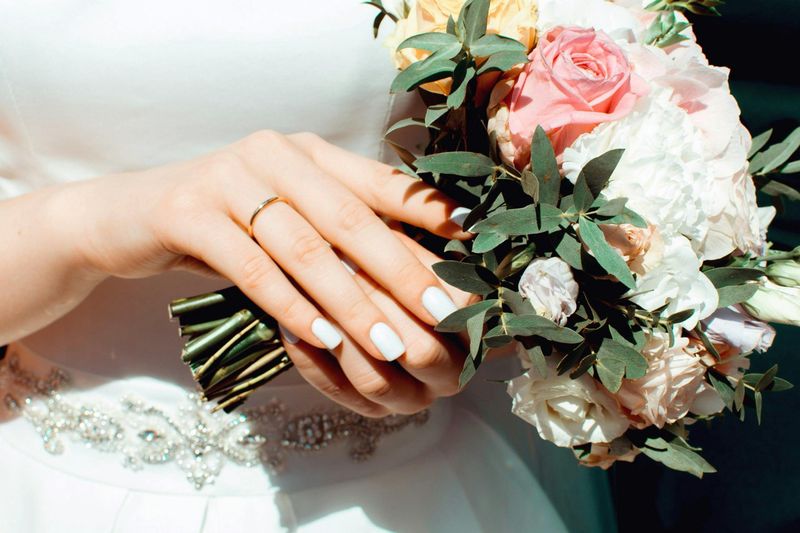
Remember when dating was more about sweet gestures and patient courtship than swiping right? Not too long ago, romance followed a completely different set of rules. Many of these traditions seem almost quaint today, replaced by our fast-paced digital connections. Let’s take a nostalgic journey through dating customs that have largely disappeared from modern relationships.
1. Formal Courtship
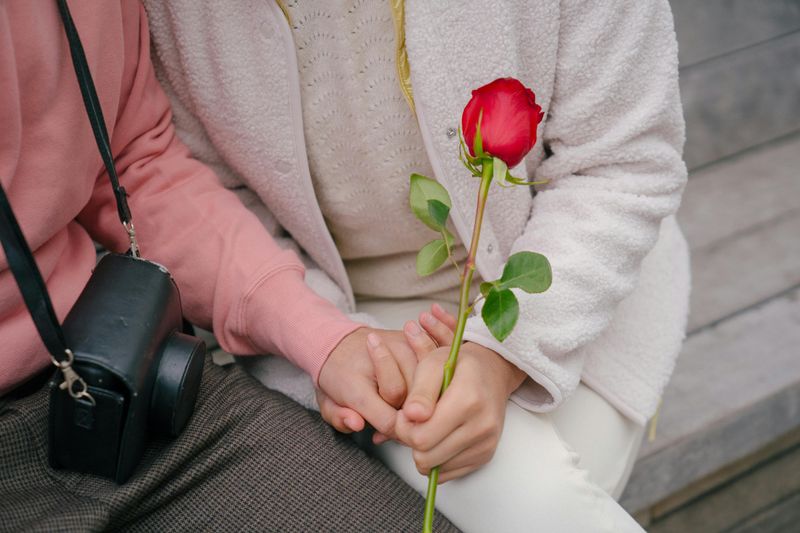
Back in the day, dating wasn’t just casual fun—it was serious business with marriage as the endgame. Young men would formally declare their intentions to court a woman, making it clear they weren’t just looking for a good time. Families were often involved from the beginning, treating the relationship as a potential merger of two households rather than simply two people enjoying each other’s company. The word “dating” itself carried weight and responsibility. Monthly or even yearly anniversaries of courtship were celebrated with significance, marking progress toward a lifelong commitment. This structured approach meant less ambiguity about where things were heading—the destination was almost always the altar.
2. Asking Parents’ Permission

Imagine needing to pass an interview just to take someone to dinner! Young men would nervously approach their date’s father, requesting formal permission to take his daughter out. This ritual wasn’t just tradition—it was practically mandatory. The conversation typically happened in the family living room, with mom nearby and the potential date anxiously waiting upstairs. Fathers used this opportunity to establish boundaries and expectations, often including strict curfews and activity limitations. A father’s refusal could immediately end any romantic possibilities. This practice reflected the belief that daughters were under paternal protection until marriage, when that responsibility would transfer to a husband. Quite different from today’s text message asking “want to hang out?”
3. Dressing Up for Every Date
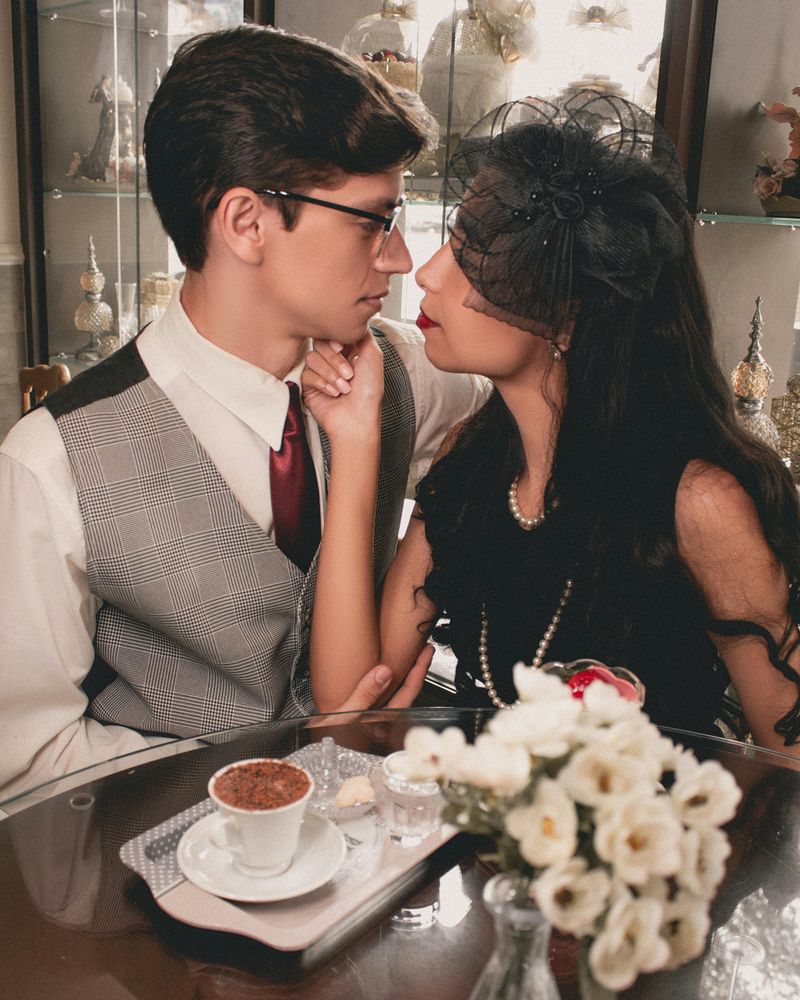
Sweatpants and casual tees for a date night? Absolutely unthinkable in traditional dating culture! Every outing, even a simple movie or ice cream stop, called for your Sunday best. Men arrived in pressed slacks, polished shoes, and often a sport coat or suit. Women spent hours preparing, carefully selecting dresses, styling their hair, and applying makeup. The effort demonstrated respect for your date and signaled the importance of the occasion. Parents often inspected outfits before allowing their children to leave the house, sending them back to change if attire wasn’t appropriate. First impressions meant everything, and your appearance was considered a reflection of your character and how seriously you took the potential relationship.
4. Phone Calls Instead of Texts

The telephone rang through the house, announcing a potential suitor’s interest for everyone to hear. Family members might listen in on extensions or hover nearby during these calls, eliminating any real privacy. Calling required courage—you couldn’t hide behind a screen or carefully craft the perfect message. Conversations happened in real-time with no opportunity to delete mistakes. Young people often rehearsed what they’d say before dialing, and many kept lists of topics to discuss if conversation lagged. Calling too often was considered desperate, while waiting too long between calls could signal disinterest. The timing of these calls followed unwritten rules—never during dinner hours and never too late. Parents sometimes enforced time limits, especially on school nights, adding pressure to make every minute count.
5. Handwritten Love Letters
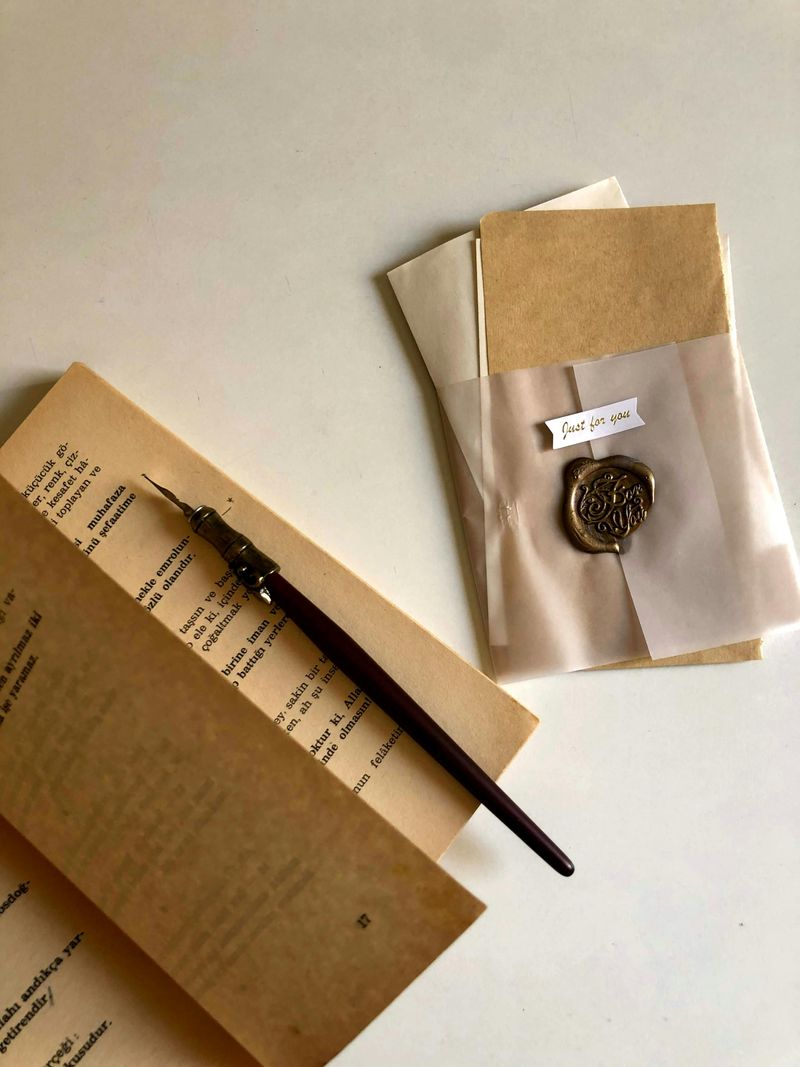
Before instant messaging and emojis, romance flourished through carefully crafted letters that took days or weeks to arrive. People poured their hearts onto paper, knowing their words would be read repeatedly and possibly saved forever. Mistakes couldn’t be deleted with a backspace key—they required starting over or accepting imperfection. Handwriting revealed personality and emotion in ways that digital text never could. The physical letter carried traces of the sender—their handwriting, perhaps their scent, maybe even a lipstick kiss pressed onto the paper. Many people kept special boxes or drawers filled with these precious communications, returning to them during moments of separation or doubt. The anticipation of waiting for a reply created a delicious tension that’s completely absent in our age of instant gratification and read receipts.
6. Chaperoned Dates

Privacy was practically non-existent when a watchful aunt or younger sibling tagged along on your romantic outing. These family guardians sat nearby at restaurants, theaters, and dances, ensuring proper behavior was maintained at all times. Holding hands might be permitted, but anything more affectionate would earn a stern throat-clearing from your observer. The practice wasn’t just about preventing physical intimacy. Chaperones evaluated potential partners, assessing character, manners, and suitability for their family member. Young couples developed creative signals and whispered conversations to create moments of connection despite the supervision. While today’s daters might find this practice suffocating, it created a slow-building tension and anticipation that modern relationships rarely experience. The gradual unfolding of romance had its own special magic.
7. Clear Gender Roles

Dating once operated like a carefully choreographed dance with predetermined steps for each partner. Men were expected to initiate contact, plan the entire evening, and handle all expenses without question. The phrase “going Dutch” wasn’t in the dating vocabulary. Women practiced the art of gentle refusal or acceptance, dropping subtle hints rather than making direct requests. They were advised to appear interested but not too eager, knowledgeable but never more informed than their date. Even seating arrangements followed strict protocols—men walked on the street side of sidewalks to protect women from passing carriages or vehicles, opened every door, and pulled out chairs. While these customs might seem restrictive today, they provided clear guidelines that eliminated much of the confusion in modern dating where expectations vary widely.
8. Going Steady with Tokens

The moment was monumental—a boy offering his class ring or letterman jacket wasn’t just sharing possessions, he was publicly declaring “she’s mine.” Girls proudly wore these oversized rings wrapped in yarn or angora to make them fit, or draped themselves in jackets that swallowed their frames. These visible symbols announced relationship status to the entire community without saying a word. Friends, rivals, and would-be suitors immediately understood that approaching this person romantically would breach established territory. Returning these items during a breakup became a dramatic ritual all its own, sometimes happening through friends to avoid painful face-to-face encounters. Unlike today’s complicated relationship statuses or private text messages, these tokens created unmistakable clarity about who was committed to whom—a physical manifestation of exclusivity that everyone could see.
9. Defined Courtship Rituals
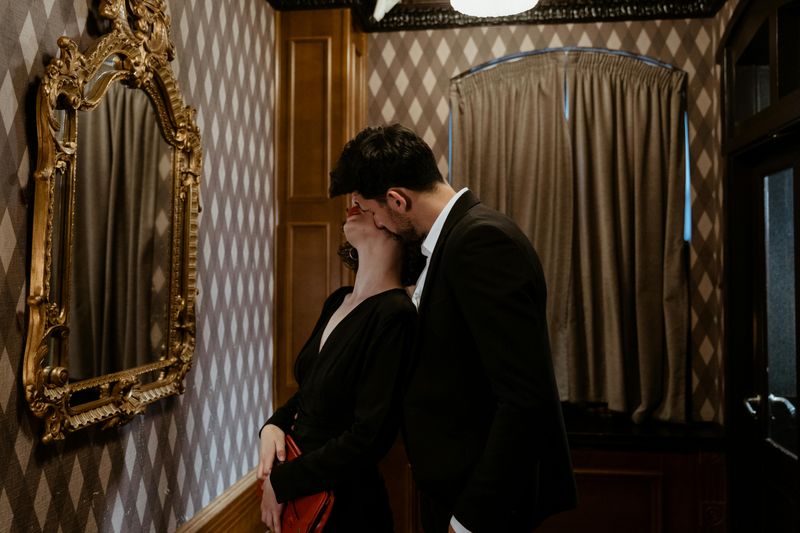
Dating once followed a predictable path, like climbing a staircase with clearly marked steps. First came supervised meetings at family gatherings, then chaperoned outings, followed by exclusive dating, formal engagement, and finally marriage. Skipping steps or rushing the process raised eyebrows and concerns about intentions. Each phase had its own timeline and expectations. Meeting parents typically happened after several dates but before any serious commitment, while meeting extended family signaled things were getting serious. Physical milestones progressed gradually—holding hands might be acceptable after several dates, while kissing was reserved for established relationships. This measured approach allowed families and communities to adjust to new pairings while giving couples time to evaluate compatibility beyond initial attraction. The destination was almost always marriage, making each step feel meaningful and consequential.
10. Limited Physical Intimacy Early On
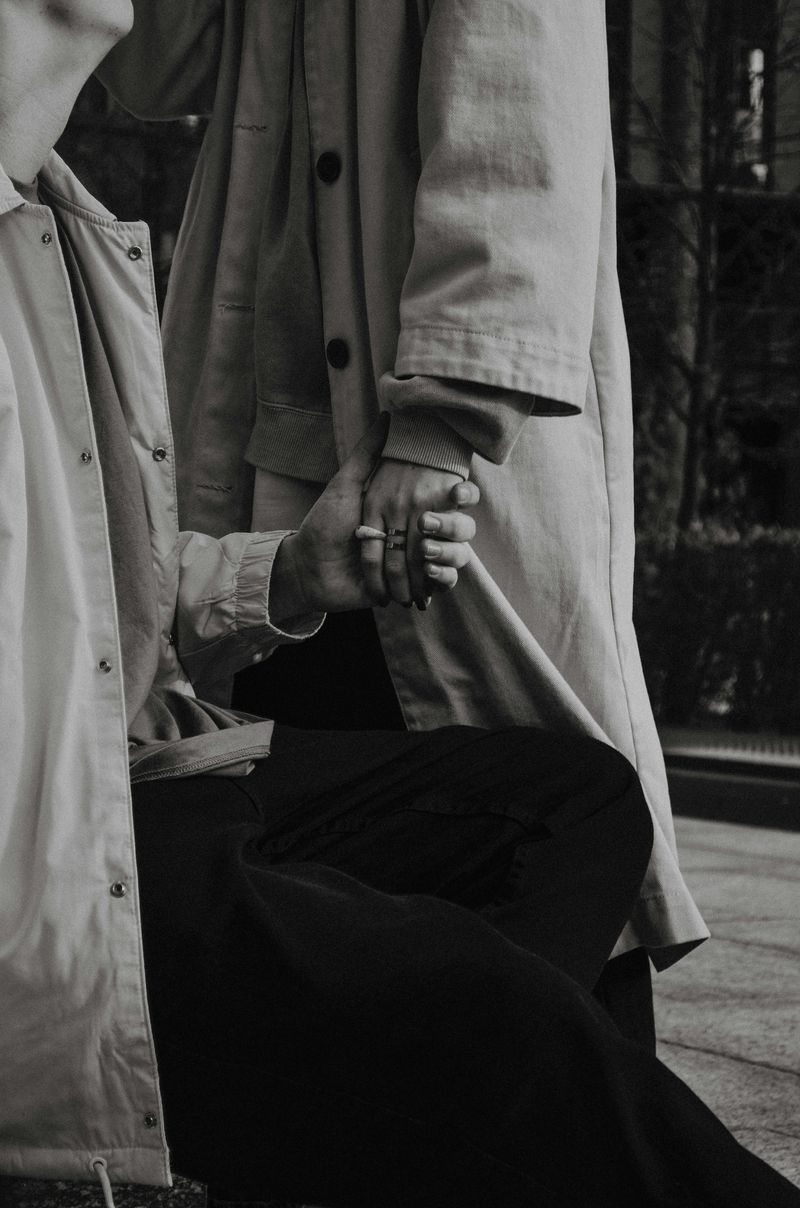
A first kiss was once a momentous occasion, sometimes happening months into a relationship. Physical affection unfolded at a glacial pace by today’s standards, with each new expression of intimacy marking a significant milestone in the relationship. Holding hands might be permitted after several successful dates. A goodnight kiss on the cheek might graduate to a brief kiss on the lips only after establishing exclusivity. Anything beyond these modest gestures was reserved for serious, long-term relationships. Parents and religious communities actively enforced these boundaries, but many young people also internalized these values. The gradual progression created a simmering anticipation that intensified emotional connection. Each small physical gesture carried weight and meaning precisely because it wasn’t freely given, making even simple touches feel electric with significance.
11. Double Dates or Group Outings
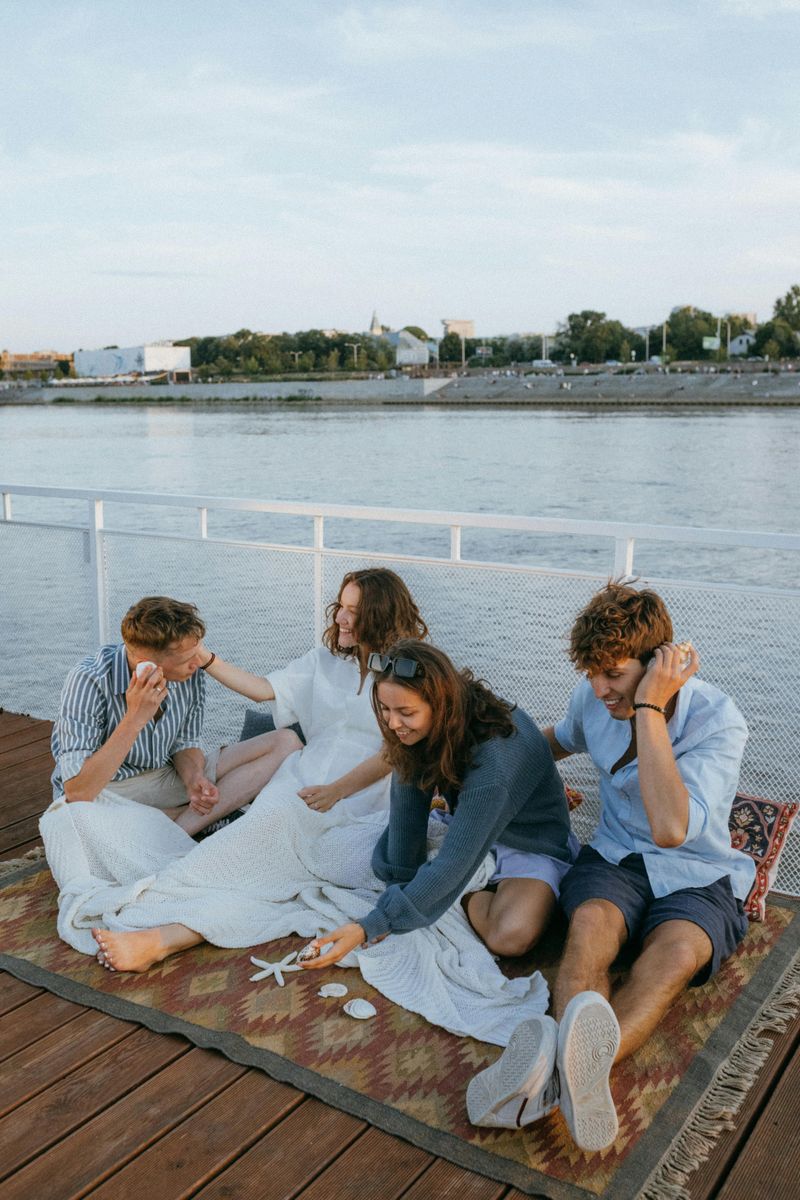
Solo dating was often considered too intimate and potentially improper, especially for younger couples. Instead, friends paired up for movies, dances, and dinners, creating safer social environments with built-in witnesses and conversation buffers. These group outings reduced pressure and awkwardness while allowing couples to observe how their dates interacted with others—revealing character traits that might not emerge in one-on-one settings. Parents felt more comfortable knowing their children were part of a social gathering rather than alone with a romantic interest. Friend approval became an important factor in relationship success, as these group dates provided immediate feedback from trusted sources. Many lasting relationships began this way, with friends playing matchmaker and providing ongoing support. The practice created community around budding romances instead of isolating couples in their own private world.
12. Community Reputation Matters

Your dating behavior wasn’t just personal—it was public record in a world where everyone seemed to be watching. One inappropriate action could tarnish not only your reputation but your entire family’s standing in the community. Young women especially faced intense scrutiny, with terms like “fast” or “loose” destroying marriage prospects. Men weren’t immune either, as being labeled a “cad” or “wolf” could close doors to both business and social opportunities. Parents actively protected their children’s reputations, sometimes restricting who they could date based on family background or personal history. This community oversight created powerful social pressure to behave honorably in relationships. While restrictive, this system also provided protection against exploitation and encouraged commitment over casual encounters.
13. Meeting Through Family or Friends
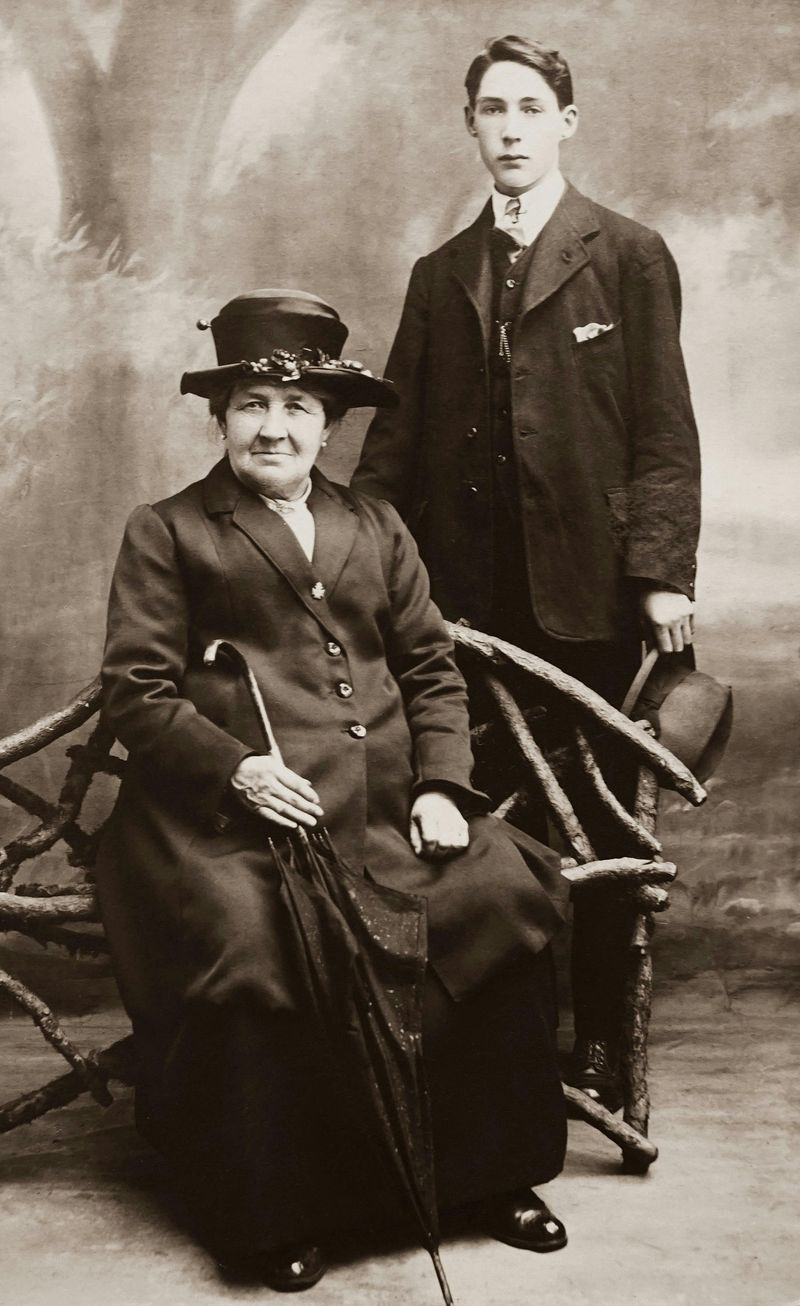
Strangers rarely became dates without proper vetting and introduction. Family gatherings, church socials, and friend-arranged meetings were the dating apps of yesteryear, providing pre-screened candidates with built-in references. Aunts, uncles, and married friends eagerly played matchmaker, considering compatibility factors like family background, values, and long-term goals rather than just physical attraction. These introductions came with implicit endorsements—the introducer’s reputation was partially at stake if things went poorly. Meeting someone through trusted connections provided an immediate foundation of basic information and shared social context. You might already know their siblings, have heard stories about their childhood, or understand their family dynamics before the first date even began. This background knowledge created a sense of safety and familiarity impossible to replicate in today’s world of digital strangers.
14. Planned, Structured Activities
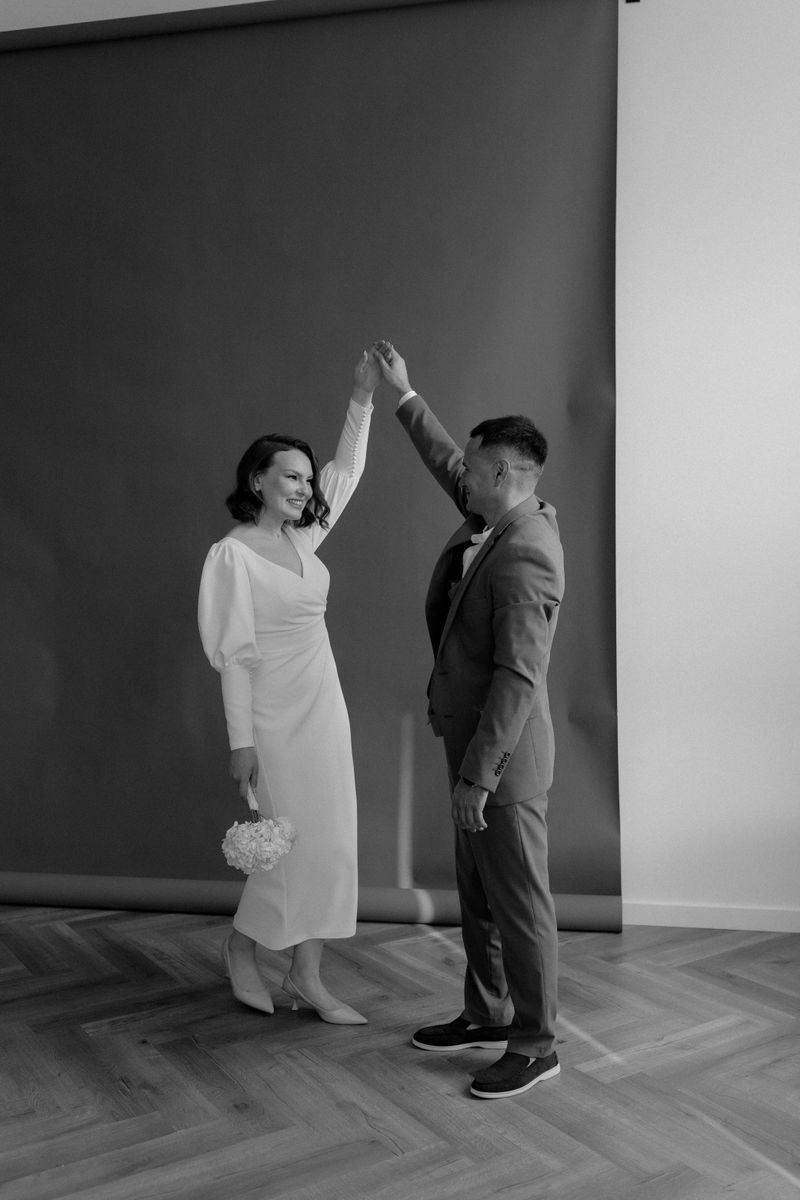
“Netflix and chill” would have been completely foreign to traditional daters. Dates were carefully orchestrated events centered around specific activities—dinner at a respected restaurant, attending theatrical performances, or participating in community dances and socials. Men typically proposed these plans well in advance, sometimes seeking approval from the woman’s parents for the specific activity. Spontaneity was rare and sometimes viewed with suspicion, as proper planning demonstrated seriousness and respect. These structured activities provided natural conversation topics and shared experiences while maintaining appropriate boundaries. They also served as opportunities to demonstrate social graces and manners in public settings. While perhaps less relaxed than today’s casual hangouts, these formal outings created memorable experiences and showed thoughtful investment in the relationship.
15. Long Courtship Before Marriage
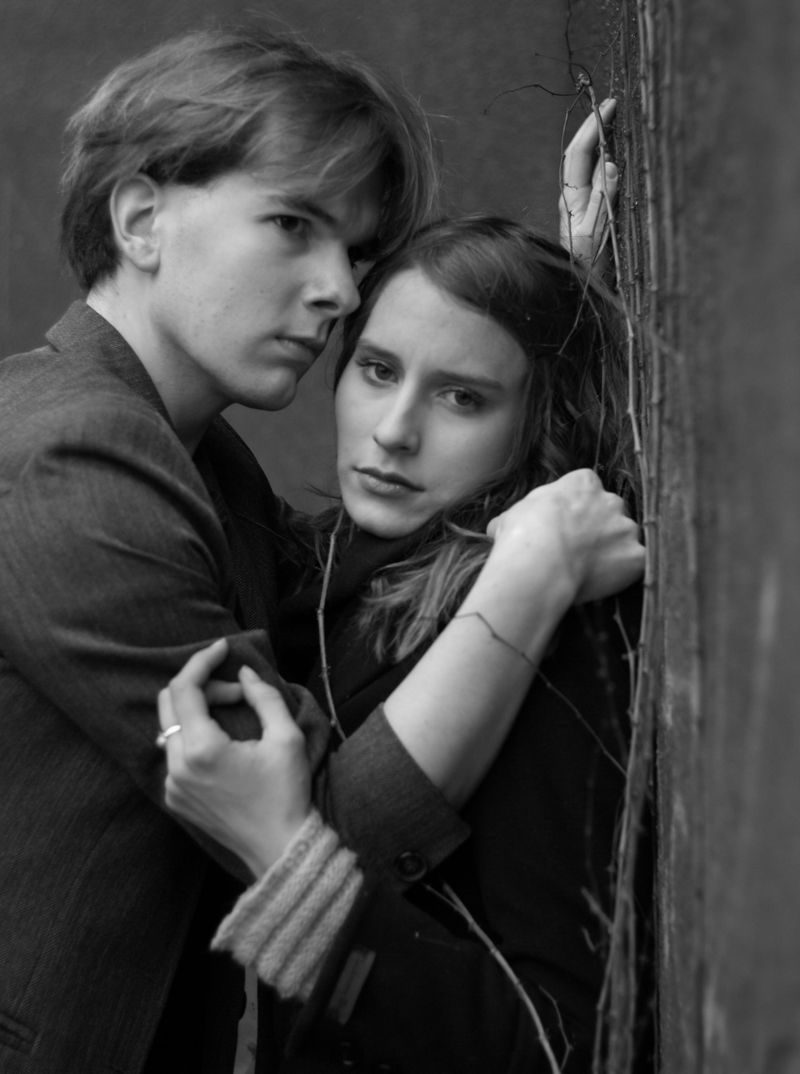
Modern whirlwind romances would have scandalized previous generations who believed proper relationships required years of careful evaluation. Courtships commonly lasted two to five years, allowing couples to experience all seasons together—both literally and figuratively. This extended timeline let families fully integrate potential spouses into holiday traditions, witness how they handled stress and disappointment, and assess compatibility across numerous situations. Young couples saved money for households during this period, with women preparing hope chests filled with linens and household items. Extended family members had ample opportunity to offer insights and warnings before permanent commitments were made. While today’s relationships often progress to cohabitation or marriage within months, traditional couples patiently built foundations for marriages intended to last decades, believing that time revealed character in ways that passion could not.
16. Emphasis on Marriage as the Goal
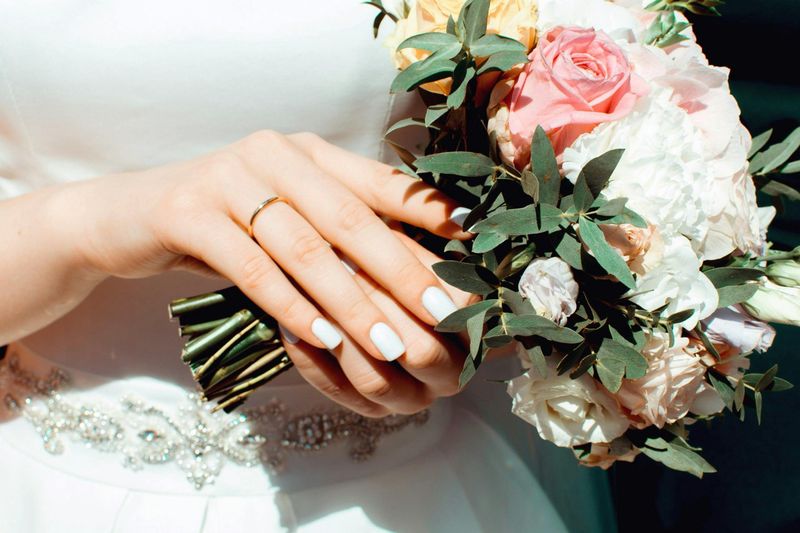
Dating without matrimonial intentions was practically unheard of in traditional society. From the first meeting, relationships progressed with an unspoken understanding that marriage was the destination if compatibility was established. Young women were cautioned against “wasting time” with men who showed no interest in settling down. Meanwhile, men were expected to achieve financial stability before pursuing serious relationships, as their ability to support a family was considered prerequisite to courtship. The question “What are your intentions?” wasn’t just a protective father’s line in movies—it reflected genuine social expectations that relationships should lead somewhere specific. This marriage-oriented approach meant fewer casual relationships but also created clearer expectations and timelines. Dating was less about personal fulfillment and more about finding a suitable life partner.

Comments
Loading…